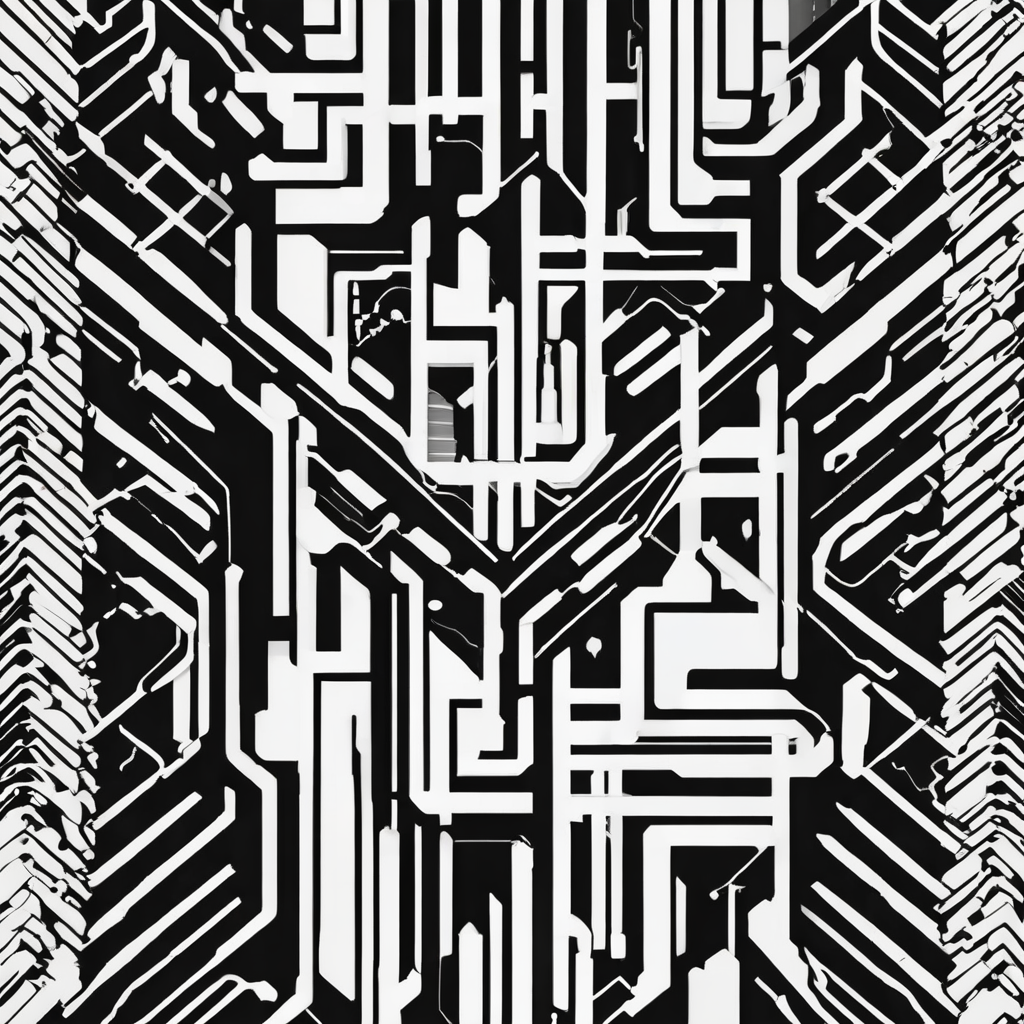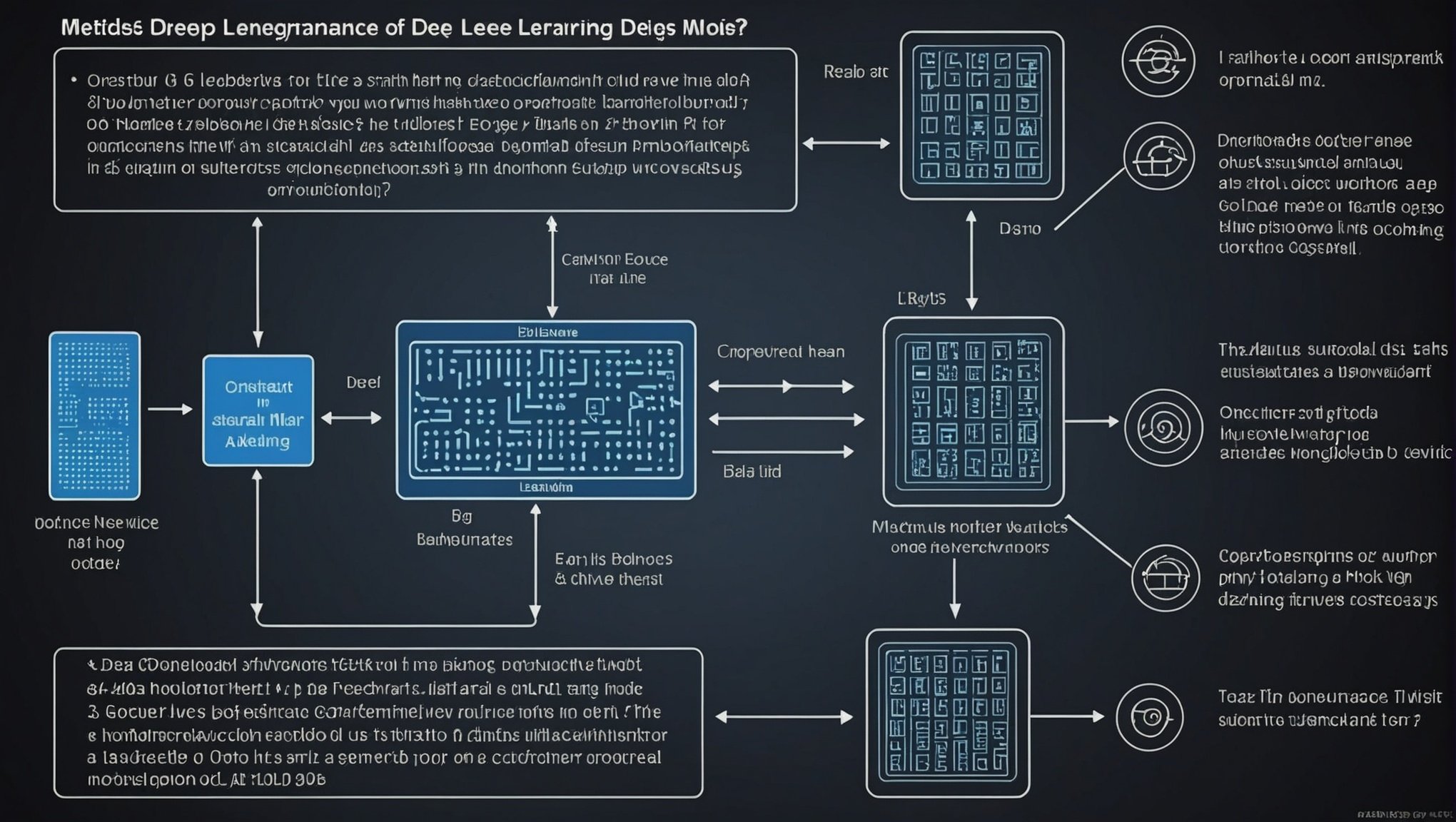Deep learning is transforming industries, from healthcare to autonomous driving. The power of neural networks, however, comes with a cost: they require significant computational resources. This poses a challenge for edge devices, which typically lack the hardware capabilities of cloud-based systems. This article delves into the various methods to optimize deep learning models for edge devices, enhancing their efficiency while maintaining accuracy.
Understanding the Challenges of Deep Learning on Edge Devices
Deep learning has proven to be a powerhouse in various applications, such as object detection and natural language processing. However, deploying deep neural networks on edge devices, like smartphones, IoT gadgets, and embedded systems, presents unique challenges. These devices have limited processing power, memory, and energy resources, which can severely impact the performance and feasibility of running complex models.
Also to read : What strategies can enhance data encryption in hybrid cloud environments?
Edge devices need to perform real-time inference, which requires the models to be both efficient and responsive. Optimizing these models involves reducing their size and computational requirements without sacrificing accuracy. Several techniques have emerged to address these challenges, ensuring that deep learning can be effectively used in edge computing.
Pruning: Reducing Model Complexity
Pruning is a widely-used technique to simplify neural networks by removing redundant neurons and connections. This process helps in reducing the model size and the number of computations required during inference. The primary goal is to retain the model’s performance while making it more suitable for edge deployment.
Also to read : What are the considerations for implementing AI in autonomous drone navigation?
Pruning methods can be broadly classified into two categories: structural and unstructured. Structural pruning removes entire neurons or channels, making the resultant network more compact and easier to accelerate on hardware. Unstructured pruning, on the other hand, eliminates individual weights, which makes the model sparser but requires specialized hardware or software to fully take advantage of the sparsity.
One effective approach to pruning is iterative pruning, where the model is pruned in multiple rounds, followed by a re-training phase to recover any lost accuracy. This process continues until the desired level of optimization is reached.
Knowledge Distillation: Teaching Smaller Models
Knowledge distillation is another powerful technique to optimize deep learning models for edge devices. This method involves training a smaller, more efficient student model under the guidance of a larger, pre-trained teacher model. The student model learns to mimic the behavior and outputs of the teacher model, thus inheriting its knowledge while being more compact and resource-efficient.
The key advantage of knowledge distillation lies in its ability to transfer knowledge from complex models to simpler ones without significant loss in performance. By leveraging this technique, developers can create learning models that are well-suited for edge devices, balancing between accuracy and computational efficiency.
Knowledge distillation has been widely adopted in various applications, including real-time object detection and natural language processing. The process involves training the student model using a loss function that minimizes the difference in predictions between the teacher and student models. This ensures that the student model captures the essential patterns and features learned by the teacher model, making it a valuable tool for edge device optimization.
Quantization: Reducing Precision for Efficiency
Quantization is a technique that reduces the precision of the numbers used to represent the model’s parameters. By converting floating-point numbers to lower-precision formats, such as int8, the model’s size and computational requirements can be significantly reduced. Quantization can be applied during both training and inference stages, making it a versatile optimization method.
There are different types of quantization techniques, including post-training quantization and quantization-aware training (QAT). Post-training quantization is simpler and involves converting a pre-trained model to a lower-precision format. This method is quick and easy but may result in a slight degradation in accuracy.
Quantization-aware training, on the other hand, incorporates quantization into the training process itself. This allows the model to learn and adapt to the lower-precision format, resulting in better accuracy retention. QAT is particularly useful for models deployed on edge devices, where maintaining a high level of performance is crucial.
Quantization not only reduces the model size but also lowers power consumption and improves inference speed, making it an essential technique for optimizing deep learning models on edge devices.
Model Compression: Combining Techniques for Maximum Efficiency
Model compression encompasses a range of techniques aimed at reducing the size and complexity of neural networks. By combining various methods, such as pruning, quantization, and matrix factorization, developers can achieve significant optimization gains for edge devices.
Matrix factorization is a technique that decomposes large matrices into smaller ones, reducing the computational complexity of matrix operations in neural networks. This approach can be particularly effective for convolutional neural networks (CNNs), where matrix operations are prevalent.
Another technique in model compression is low-rank approximation, which approximates the weight matrices of the neural network with lower-rank matrices. This reduces the number of parameters and computations, making the model more efficient for edge deployment.
Combining these techniques into a comprehensive model compression strategy can yield substantial improvements in both performance and resource utilization. By carefully selecting and applying the right combination of methods, developers can create deep learning models that are well-suited for the constraints of edge devices.
Optimizing the performance of deep learning models on edge devices is essential for enabling real-time, efficient, and accurate AI applications. By leveraging techniques such as pruning, knowledge distillation, quantization, and model compression, developers can create models that are both powerful and resource-efficient.
Pruning simplifies neural networks by removing redundant components, while knowledge distillation transfers knowledge from complex models to simpler ones. Quantization reduces the precision of model parameters, and model compression combines various techniques to achieve maximum efficiency.
These methods collectively address the challenges of deploying deep learning models on edge devices, ensuring that they can operate effectively within the constraints of limited hardware resources. As the field of edge computing continues to evolve, these optimization techniques will play a crucial role in advancing the capabilities of edge AI, enabling innovative applications and improving performance across a wide range of industries.
By understanding and implementing these optimization strategies, developers can unlock the full potential of deep learning on edge devices, driving the future of AI-driven innovation.






